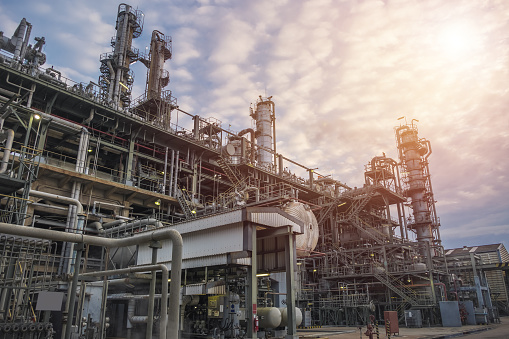
Image Credit :- News nation
On July 27, Finance Minister Nirmala Sitharaman announced that the government would assess the potential implementation of the Production Linked Incentive (PLI) scheme in the chemicals and Petrochemicals sector. The objective is to transform India into a prominent manufacturing hub for these essential products.
Addressing the third edition of the summit on ‘Global Chemicals and Petrochemicals Manufacturing Hubs In India’, Finance Minister Niramala Sitharaman highlighted that due to stringent pollution control regulations and increasing labor costs, international chemical manufacturers are exploring opportunities to diversify their product range and production capabilities. In this context, India stands out as an attractive alternative destination for manufacturing.
One of India’s key strengths, as emphasized by the Finance Minister, is its vast domestic market. Furthermore, the government’s policies have been designed to facilitate viable options for businesses, particularly in markets
Where a strong demand exists with the potential for exports. This combination of factors makes India an appealing proposition for global chemical manufacturers looking to expand their operations.
At present, the government is offering 14 production Linked Incentive (PLI) schemes covering sectors such as telecommunication, electronics, white goods, textiles, and pharmaceuticals.
PLI scheme driving Green growth for Petrochemicals

The Production Linked Incentive (PLI) scheme holds significant promise for the petrochemicals and chemical sector, particularly in light of India’s ambitious energy goals and commitment to sustainability.
As Finance Minister Nirmala Sitharaman emphasized, India aims to achieve energy independence by 2047 and net zero emissions by 2070. To realize these objectives, every industry and sector, including chemicals and petrochemicals, must play its part in reducing carbon intensity and promoting green growth.
The PLI scheme will provide a powerful impetus for manufacturers in the chemicals and petrochemicals sector to adopt energy-efficient and eco-friendly practices. By encouraging the adoption of cleaner technologies and processes, the scheme will contribute to lowering carbon emissions and promoting sustainable production. This aligns with India’s broader vision of generating 500 gigawatts of electricity from non-fossil fuel sources, emphasizing the country’s commitment to renewable energy.
Furthermore, the government’s focus on the Hydrogen Mission, with the approval of a substantial incentive plan for green hydrogen manufacturing, will stimulate research and innovation in the sector. As green hydrogen gains traction as a clean and versatile energy source, it presents opportunities for the chemical industry to diversify its product offerings and contribute to the country’s decarbonization efforts.
Challenges and Opportunities In chemicals and Petrochemicals Industry

Picture credit :- thethinkingpractitioner.com
The chemical and petrochemicals Industry faces several critical challenges, as highlighted by the Finance Minister. Sustainability, being the first challenge, requires the industry to adopt eco-friendly practices, reduce carbon footprint and ensure responsible resource management.
The second challenge revolves around embracing circular economy principles, encouraging recycling, and minimizing waste generation to promote a sustainable production ecosystem.
Additionally, the industry must address the need for skilled labor and talent development to remain competitive in the global market. Skill development initiatives are crucial to enhancing productivity and driving innovation within the sector.
Another set of challenges involves the adoption of advanced technologies to improve manufacturing processes, increase efficiency and maintain a competitive edge in the rapidly evolving global landscape.
While acknowledging these industry’s concerns, the finance minister stressed the importance of taking a comprehensive approach to find effective solutions. She encouraged open dialogue and welcomed suggestions from industry stakeholders and assured that overcoming these hurdles will position the industry for growth, competitiveness, and long-term success in the dynamic and increasingly sustainable global marketplace.












